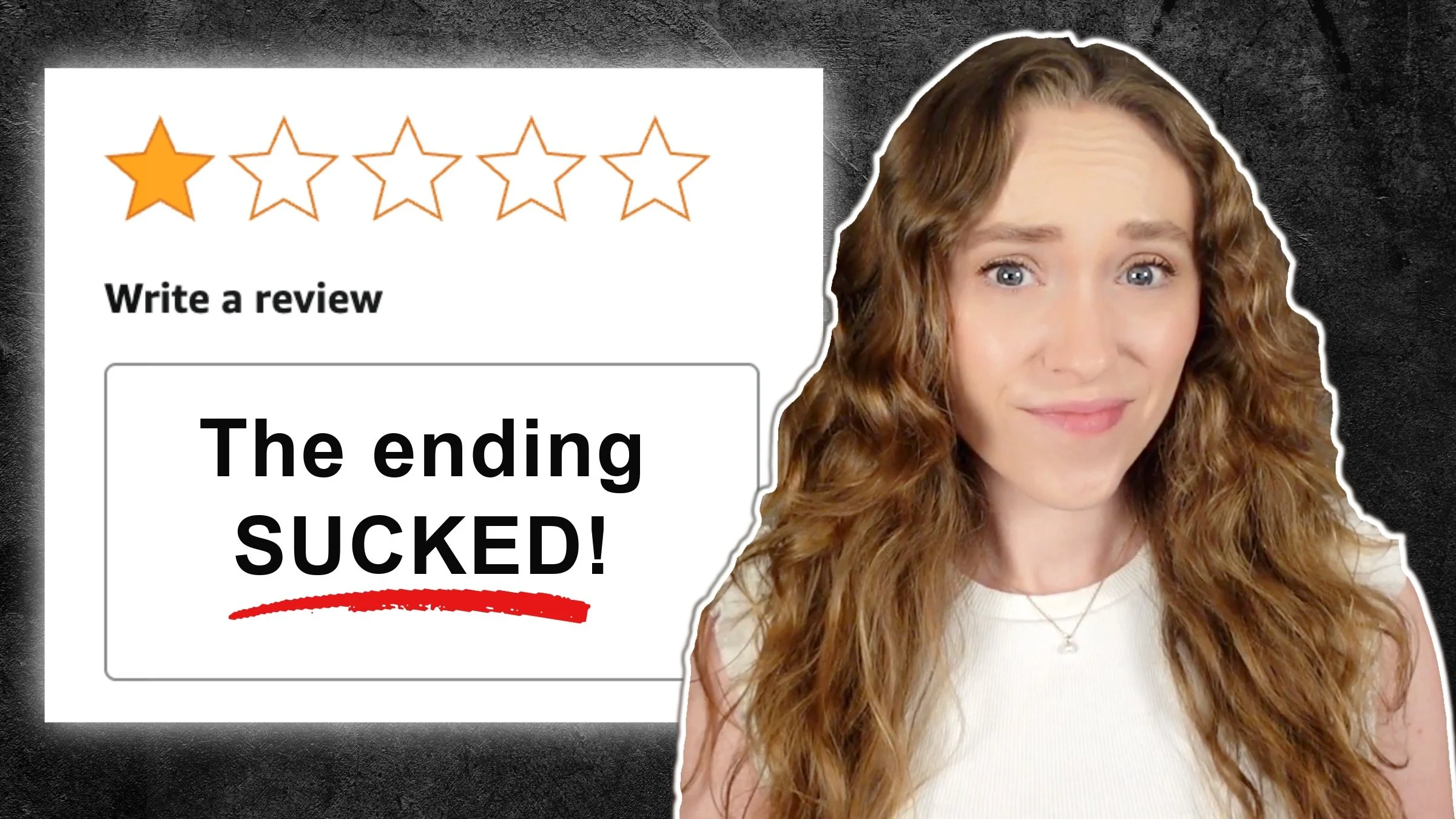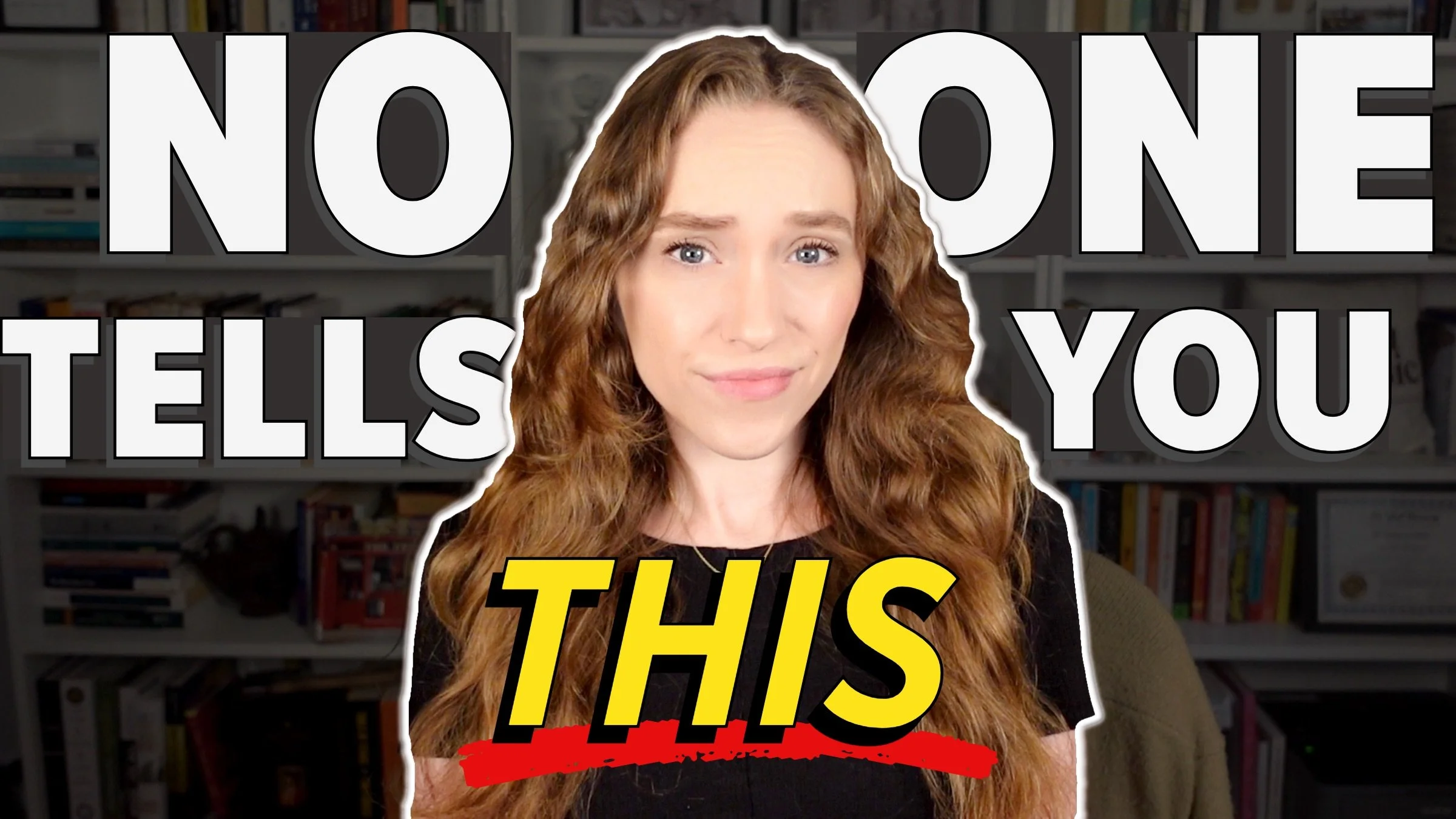How to Edit a Novel First Draft
HIT PLAY OR READ THE POST BELOW:
As a structural book editor, also called a developmental book editor, I am most often working with writers on editing their first novel draft, or at least one of the early drafts of their book manuscript. My job in this process is to help diagnose any major structural issues and help the writer fix those so that the revised story flows smoothly and is effective at engaging the reader from beginning to end.
With my experience, I have learned how to edit a novel first draft effectively. So, I have identified the top three mistakes I see writers making in the first draft of their manuscript. By sharing these mistakes, I hope it helps shape your own editorial eye and also helps you feel more at ease with editing your first novel draft as you work towards a completed, polished manuscript.
1. Check Your Word Count
The first major issue I often see relates to length. The manuscript is either too long or too short. The sweet spot range I recommend for works of fiction is between 60,000 and 90,000 words. This is specifically suited for getting traditionally published. However, a novel doesn’t always fall within this range during its first draft.
Many authors and publishing professionals have different opinions about the ideal book length. It also differs by genre as well, with certain genres suiting a longer book range and others suiting a shorter one.
However, my recommended range is based on my experience in the publishing industry, where anything shorter than 50,000 words falls into the novella category. Traditional publishing houses rarely publish novellas for a variety of reasons, one being that they are shorter, so they can’t charge full price to a customer. On the other end, anything longer than 90,000 words starts to get unwieldy, and it’s harder to sell a pricier, large tome of a book to a customer.
Now, there are exceptions to every rule. There are definitely published books out there that are longer or way shorter than the rule I list. However, my range is just a general guideline for assessing first draft issues.
Conversely, if your first draft falls between the 60,000 and the 90,000 word range, you might think you’re good to go. Unfortunately, you're not off the hook either. Perhaps your novel should only be 60,000 words, but you're currently at 90,000, so you do need to cut those extra 30,000 words.
It's important that your novel takes up the exact amount of space the story warrants and can justify. If your novel is a fast paced thriller that spans the course of three days, it should typically be on the shorter side. If it's a family saga that delves into each individual character's story with many different layers unraveling, that may justify the novel being longer.
Either way, your manuscript should be the length your story needs to be. Longer is not always better. In fact, a longer manuscript is, in some cases, a worse experience for the reader. I am the type of editor that cuts all the fluff and wants you to get right into the story. So, I want you to be ruthless in your draft as well and ask yourself, is this the right length? Is this the most effective way to engage the reader?
From the reader’s perspective, a novel that is too short will make for an unsatisfying reading experience, with the reader wondering what else could have happened to fully complete the story. A novel that is too long may cause the reader to also feel unsatisfied, as there was too much fluff getting in the way of the action.
So let's talk about how to fix this from the lens of editing your first novel draft. If you deem your novel to be too short, with not enough meat rounding out the story, you can look into adding another story line or deepening the story line of a secondary or tertiary character. You also could add another point of view. I've had writers add a secondary perspective in order to add richness and a back and forth perspective to the story that took it to a whole other level. The possibilities are really endless, if you are in this situation.
If you're on the other end of the spectrum and you think your novel is too long, the main solution is to start cutting. I know that cutting hundreds, if not thousands, of words is difficult. It's potentially the hardest thing in the entire revision process, but it is very necessary.
If your draft is exceedingly long, you will most likely need to cut a story line. Maybe there is a subplot that you think is interesting, but if it's not totally necessary to the main story, it should be cut. You also might have multiple points of view, in which case you might have to cut one of those point of view characters that isn't living up to what the story needs. While it’s sad, cutting them is going to make the story more focused and streamlined.
The beauty of having a perfectly lengthed novel is that it is going to feel easy and breezy to read. It won't feel like reading through exactly 78,354 words; it'll feel like an experience. Getting your novel closer to that easy reading feel is what you’re trying to achieve as you work on editing your first novel draft. You're likely not going to get it exactly right the first time, but as you continue to work on it with book length in mind, you will eventually land on the right word count.
2. Fix the Pacing
The next tip I have for how to edit a novel first draft relates to pacing. Just as a novel can be too long or too short, it can move too quickly or too slowly. This issue tends to get complex too, with certain parts of a manuscript that are too fast and others that are too slow. It can run the gamut.
Ideally, you want your story to maintain a smooth yet swift pace that crescendos into a narrative climax, then slows down through a resolution that leaves the reader satisfied. Pacing is a complicated issue, but I will boil the topic down to two key issues that I see most frequently in novel first drafts.
The first issue is a slow start. This happens when you take the time to build a character's backstory, such as by diving into flashbacks leading up to the present day narrative or by going through your sci-fi or fantasy world’s setting and history, using the opening pages to build up and explain what’s going on. While it sounds like a good idea to set up your story’s circumstances, what often happens instead is that this expository material bogs down the opening pages.
What you need to do is just cut any unnecessary details out and get right to the start of the story in that first dynamic moment where the action is happening. The expository information, backstory, and worldbuilding can be integrated as the novel develops and progresses, rather than all upfront.
The last thing you want in the beginning of your novel is a slow start for a couple of reasons. One, the beginning is what is going to determine if an agent wants to represent you or not, because they're going to ask for the first ten pages or three chapters of your manuscript during the querying process. If they don't like what they read, they're not going to offer you representation.
Additionally, once you get published, those first few pages are what the reader is going to read first, too. If you're publishing on Amazon, there’s the “Look Inside” preview pages where readers can check out the first couple of pages before they buy the book. If you get traditionally printed, readers at bookstores usually will skim through the first pages before they decide to check out.
So you need those first pages to be engaging, interesting, intriguing, and suspenseful. Spending a lot of time worldbuilding or dumping info at the very beginning is a surefire way to kill the pacing of your story.
The second biggest issue I see with pacing and early drafts is a messy middle. This is when the beginning and the ending are good, but nothing much happens in between. Maybe the characters are dawdling around and nothing of significance happens. This leads to the reader flipping the pages, wondering when the next major plot development is going to happen.
While this seems obvious to say, the middle portion of your book should be just as dynamic and interesting as the beginning and the ending. Your characters should face obstacles and have those obstacles form their character development going into the climax and the resolution. So, keep a close eye on what goes on between the beginning and end of your novel. If there are scenes that aren’t moving the plot or characterization forward, cut them. Tightening up your narrative will only help you in the long run.
3. Cut Unnecessary Scenes and Characters
The third major mistake I see in early novel drafts is unnecessary scenes or characters. As I’ve referenced, when editing your first novel draft, it’s very likely that things will get cut.
While you should certainly feel proud that you’ve finished an entire novel draft, it is still crucial that you turn a critical eye towards the story. Take a good look at your story and decide what its main focus is, what the main story line is, and who the main characters are. After reassessing those elements, then see what extraneous subplots and characters can be reworked or cut in order to better serve those main elements.
Remember, if you draw the reader's attention to literally anything in the novel, they are going to remember it. If you don't return to it, they're going to see it as either an unnecessary diversion or a tangent, and ultimately something that distracts from the main story.
So, if you are going to call your reader's attention to a character or object, it better be important enough to resurface in some meaningful way. There's almost always a scene or a character that can be cut with no impact on the overarching plot line. I challenge you to find those scenes in your manuscript and get rid of them, because it's going to result in a much tighter narrative progression.
Some scenes to look at would be flashback or dream scenes. Sometimes they add extra color to a character, but often don't change our overall impression of them. I'd also look at single-use characters. These characters pop in for just one scene to serve one purpose. For instance, the waiter at the local cafe says something interesting to the protagonist. That character could instead be cut and have their line given to someone more significant.
Also remember that these cut scenes and characters can be used in a future book as well; save them in a Word document where you keep extra scenes. If you think a scene is well written but just not suited for the plot of this novel, it could always serve as the basis and inspiration for a spinoff novel or new novel entirely, so keep them in your back pocket.
I hope these tips help you spot some of these mistakes in your own manuscript and help you to edit your novel into a stronger second and third and fourth draft. While it may seem stressful to learn how to edit a novel first draft, it is a part of the journey and process of becoming an author.
If you’re looking for more mistakes to catch in your first draft, check out these more technical mistakes here.
Thanks so much for reading and happy writing!






